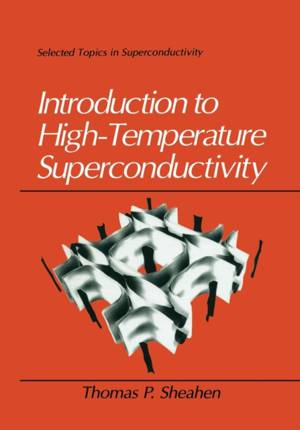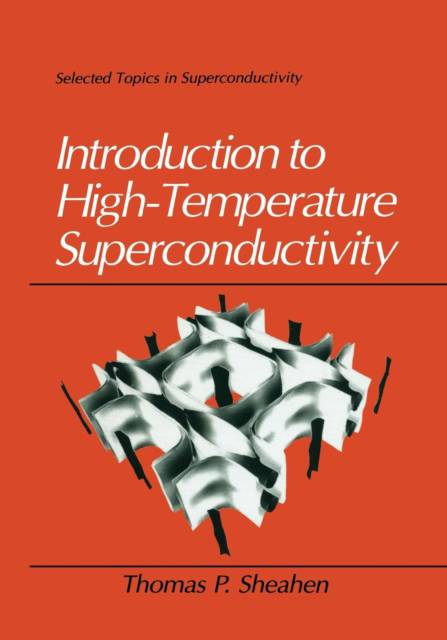
- Afhalen na 1 uur in een winkel met voorraad
- Gratis thuislevering in België vanaf € 30
- Ruim aanbod met 7 miljoen producten
- Afhalen na 1 uur in een winkel met voorraad
- Gratis thuislevering in België vanaf € 30
- Ruim aanbod met 7 miljoen producten
Zoeken
Omschrijving
High temperature superconductivity (HTSC) hast he potential todramatically impact many commercial markets, including the electric power industry. Since 1987, the Electric Power Research Institute (EPRI) has supported aprogram to develop HTSC applications fort he power industry. The purpose ofEPRI is to manage technical research and development programs to improve power production, distribution, and use. The institute is supported by the voluntary contributions ofs ome7 00 electric utilities and has over 600 utility technical experts as advisors. One objectiveo f EPRI's HTSC program is to ed ucate utility engineers andexecutives on the technical issues related to HTSC materials and the supporting technologies needed for their application. To accomplish this, Argonne National Laboratory was commissioned to preparea series of monthly re ports that would explain th e significanceo f recent advances in HTSC. Acomponent o f each report was a tutorial on some aspect of the HTSC field. Topics ranged from the various ways that thin films are deposited tot he mechanisms used to operatem ajor cryogenic systems. The tutorials became very popularw ithin the utility industry. Surprisingly, the reports also became popular with scientists at universities, corporate labo ratories, and thenational laboratories. A lthough these researchers are quite experienced in one aspect of the technology, they are nots ostron g inothers. Itw ast he diversity and thoroughness ofthe tutorials that made them so valuable.
Specificaties
Betrokkenen
- Auteur(s):
- Uitgeverij:
Inhoud
- Aantal bladzijden:
- 580
- Taal:
- Engels
- Reeks:
Eigenschappen
- Productcode (EAN):
- 9781475785388
- Verschijningsdatum:
- 24/03/2013
- Uitvoering:
- Paperback
- Formaat:
- Trade paperback (VS)
- Afmetingen:
- 178 mm x 254 mm
- Gewicht:
- 1034 g

Alleen bij Standaard Boekhandel
+ 335 punten op je klantenkaart van Standaard Boekhandel
Beoordelingen
We publiceren alleen reviews die voldoen aan de voorwaarden voor reviews. Bekijk onze voorwaarden voor reviews.








